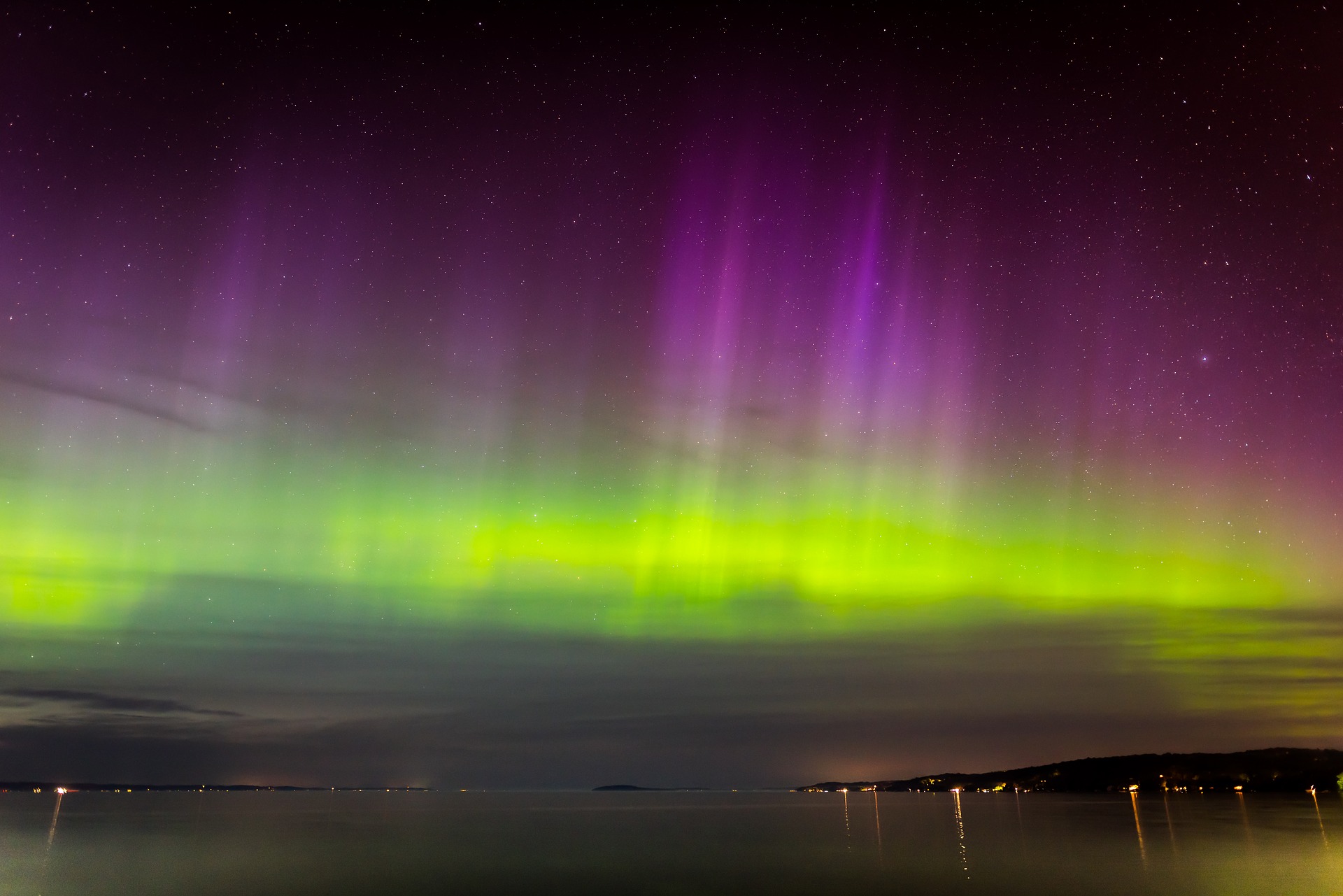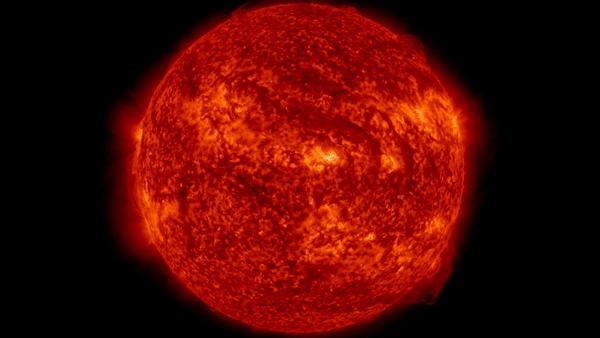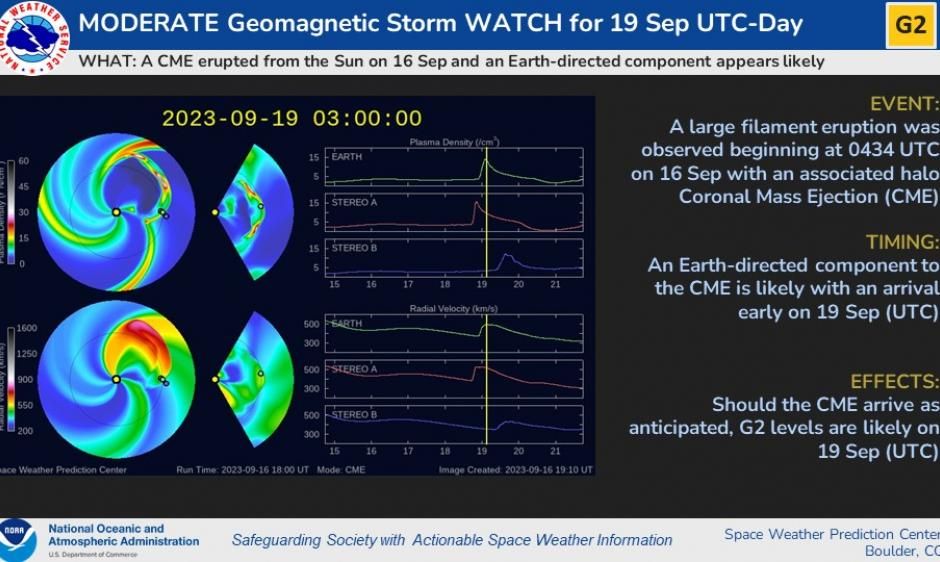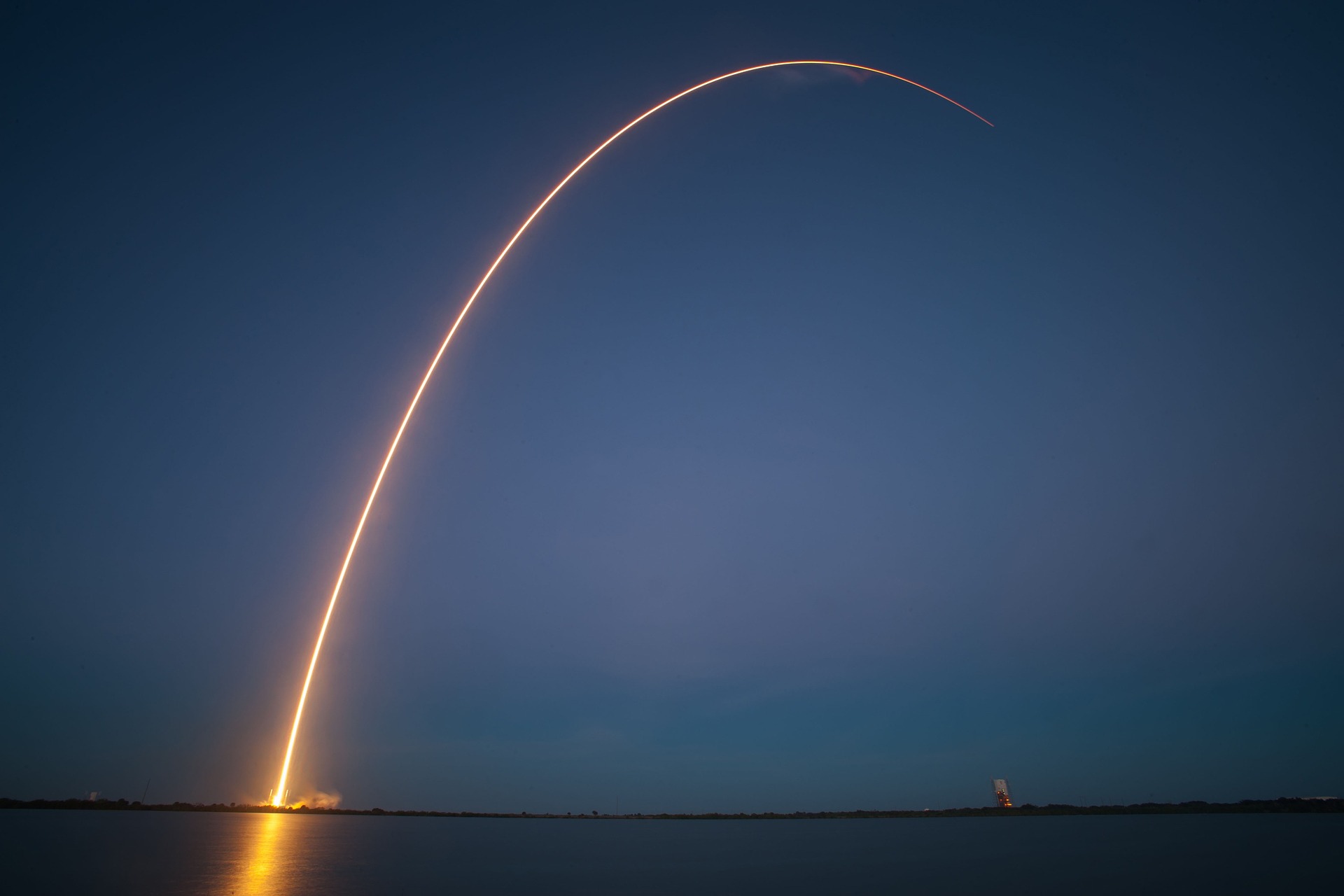Massive solar eruption lurks! Hurls coronal mass ejection toward earth, auroras likely today

A massive solar eruption occurred on September 16 and surged forth from the sun’s fiery surface, propelling a scorching coronal mass ejection (CME) in the direction of our home planet. The CME is expected to brighten our skies today with auroras, according to NASA.
The U.S. National Oceanic and Atmospheric Administration (NOAA) has issued a G2-class moderate geomagnetic storm watch. This watch is focused on the Earth-directed portion of the CME, displaying aurora on September 19.
According to Spaceweather.com, if the CME makes its anticipated arrival, it could emulate the geomagnetic storm witnessed on September 12. This prior event treated observers as far south as Colorado and Missouri to mesmerizing auroras.
Solar physicist Keith Strong, who has been observing the sun professionally for over half a century, expressed his astonishment, declaring it “THE BIGGEST ERUPTION I HAVE EVER SEEN!”
“I have been observing the Sun professionally for over 50 years and this is the largest filament eruption I have seen. Note it covers over half the Sun, compare it to the size of the Earth (inset) but amazingly it did not produce a big flare,” Strong added.
CMEs are vast eruptions of plasma and magnetic fields from the sun’s corona. To gauge the magnitude of these storms, NOAA employs a scale ranging from G1 to G5. A G1 storm may induce increased auroral activity near the poles and minor power supply fluctuations, while the most extreme G5 level can lead to complete high-frequency radio blackout on the sunlit side of Earth for several hours.
During this event, extensive auroral displays will be observed on the horizon, and NOAA warns of potential disruptions to HF radio communication and low-frequency navigation signals for several minutes. These phenomena, though transitory, underscore the profound impact that space weather can have on our terrestrial systems.
Astronomers and space weather experts emphasize that this recent solar eruption is just a glimpse of what lies ahead. As the sun steadily advances towards the climax of its 11-year solar activity cycle, forecasted for 2025, we can expect more astonishing space weather events. However, like Earthly weather, space weather often follows unpredictable patterns, and even the most accurate predictions can be subject to change.
CMEs
CMEs are very powerful solar events wherein immense quantities of plasma and magnetic fields erupt from the sun’s corona. Some of these eruptions can expel billions of tons of coronal material, often encased in a magnetic field more potent than the background solar wind’s interplanetary magnetic field strength.
The speed at which CMEs travel outward from the sun varies, ranging from less than 250 kilometers per second to a staggering 3000 km/s. The fastest Earth-directed CMEs can reach our planet in a mere 15-18 hours, while slower ones may take several days. As these colossal eruptions traverse space, they expand significantly, sometimes spanning a quarter of the distance between Earth and the sun by the time they reach us.
CMEs, particularly the more explosive ones, are triggered by intense magnetic field structures in the sun’s lower corona, often referred to as flux ropes. When these magnetic structures become highly stressed and realign into a more relaxed configuration through magnetic reconnection, they can induce the rapid release of electromagnetic energy in the form of a solar flare. This flare is typically accompanied by the explosive acceleration of plasma, thus giving rise to the CME.

These events frequently originate from regions of the sun with localized, strong, and stressed magnetic flux, such as active regions associated with sunspot groups. Alternatively, CMEs can originate from areas where comparatively cooler and denser plasma is ensnared and suspended by magnetic flux extending into the inner corona, typically seen in filaments and prominences.
Some CMEs, traveling faster than the background solar wind, can generate shock waves. These shock waves have the potential to accelerate charged particles ahead of them, thereby intensifying radiation storm potential or intensity.
Crucial parameters in analyzing CMEs include their size, speed, and direction. These parameters are inferred from orbital satellites’ coronagraph imagery, primarily the Large Angle and Spectrometric Coronagraph (LASCO) on the NASA Solar and Heliospheric Observatory (SOHO) spacecraft. Moreover, the Deep Space Climate Observatory (DSCOVR) satellite, positioned at the L1 orbital area, offers advanced warning of CME-associated interplanetary shock arrival, often providing critical minutes of notice before a potential geomagnetic storm strikes.
Impact on Earth
The arrival of a CME and its likelihood of causing a severe geomagnetic storm depend on the strength and direction of the interplanetary magnetic field (IMF) accompanying it. CMEs with enhanced IMF that is pronounced and south-directed are more likely to induce intense geomagnetic storming. These storms are categorized using the NOAA Space Weather Scale, which comprises five levels to indicate their severity.

The September 16 CME, which is classified as a G2-class geomagnetic storm, is not potentially dangerous to Earth’s inhabitants. However, it can cause minor disruptions like radio blackout and contact loss for a short duration. While it’s not a significant threat, we can enjoy the event by observing mesmerizing aurora displays.


